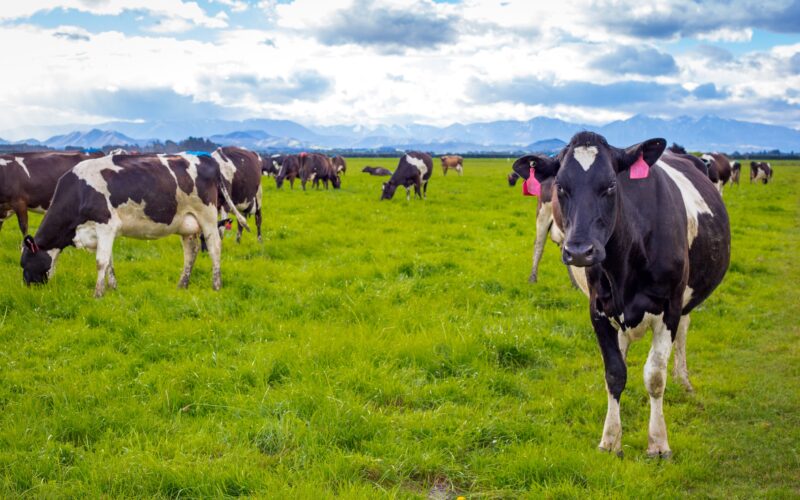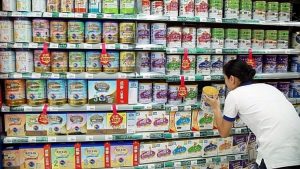
MFAT predicts a significant recovery in production and returns.
The value of New Zealand exports grew only 2.8% in the year to September due to weak Chinese demand, but trade officials believe the coming year could see a significant recovery.
A Ministry for the Foreign Affairs and Trade report says exports grew 12.2% for the previous year, 2022-23, but slowed sharply last year.
However, exporters should benefit in the current year from the recent strengthening of global commodity prices, a weaker NZ dollar, and rising primary production.
In the year to last September, NZ exported $98.9 billion of goods and services, with the post-covid recovery in tourism and education lifting returns from services offsetting declines in food and fibre.
Exports of goods were 1.4% lower than the previous year with returns from dairy $1.1bn lower due to weaker prices offsetting higher production.
“New Zealand’s exports have been hit by weaker demand from China as an economic downturn dented consumer confidence and construction activity,” the report says.
“However, a resilient US economy has partially offset weaker Chinese demand and supported demand for beef and tourism exports.”
A 3.4% decline in returns from meat exports was largely driven by weaker average prices, though strong demand from the United States saw beef rise 18.8% to $2.5bn.
In contrast, meat exports to China plunged more than $1bn over the year due to significant falls in sheepmeat prices.
Exports of logs, the vast majority destined for China, fell 2.1% in the year to September but there were signs prices could be stabilising, with the reduction in 2024 lower than the previous two years.
A global oversupply of wine drove a 10% decline in export returns to $230 million.
An excellent growing season saw apple and kiwifruit exports earn $4.6bn, 25% higher than the previous year, which was hit by Cyclone Gabrielle.
StatsNZ data shows volumes of apples jumped 17.5% in the year to September following an 8% drop a year earlier, and kiwifruit, at $3.3bn, was 29% higher than last year, with sale of the Gold variety the main driver.
Kiwifruit returns from the European Union were $920m, China $850m and Japan $522m.
Tourism is recovering, though it is still below pre-covid levels. It was worth $15bn for the year, which was 4.5% below 2019.
Numbers of Chinese tourists are 20.9% below pre-pandemic levels but visitors from Australia and the US are 27.9% and 16.3% higher respectively on pre-covid levels.
The MFAT report says rising prices and volumes mean exporters should be optimistic for the current year.
Having steadily improved through 2024, since January dairy prices have risen with the Global Dairy Trade index lifting 22%.
“Global demand for dairy appears to be recovering at a time that supply remains constrained in some major producing markets.
“On-farm milk production was up 3.2% over the six months to December compared to the same period in 2023.”
Fruit volumes are also expected to be higher.
Ongoing shrinkage of the national flock and lower lambing rates are impacting sheepmeat export volumes.
Another factor likely to impact exporters is the growth of trade disruption following the election of US President Donald Trump, who is imposing trade tariffs, and a more general trend towards rising trade protection globally.
You can now read the most important #news on #eDairyNews #Whatsapp channels!!!
🇺🇸 eDairy News INGLÊS: https://whatsapp.com/channel/0029VaKsjzGDTkJyIN6hcP1K

























